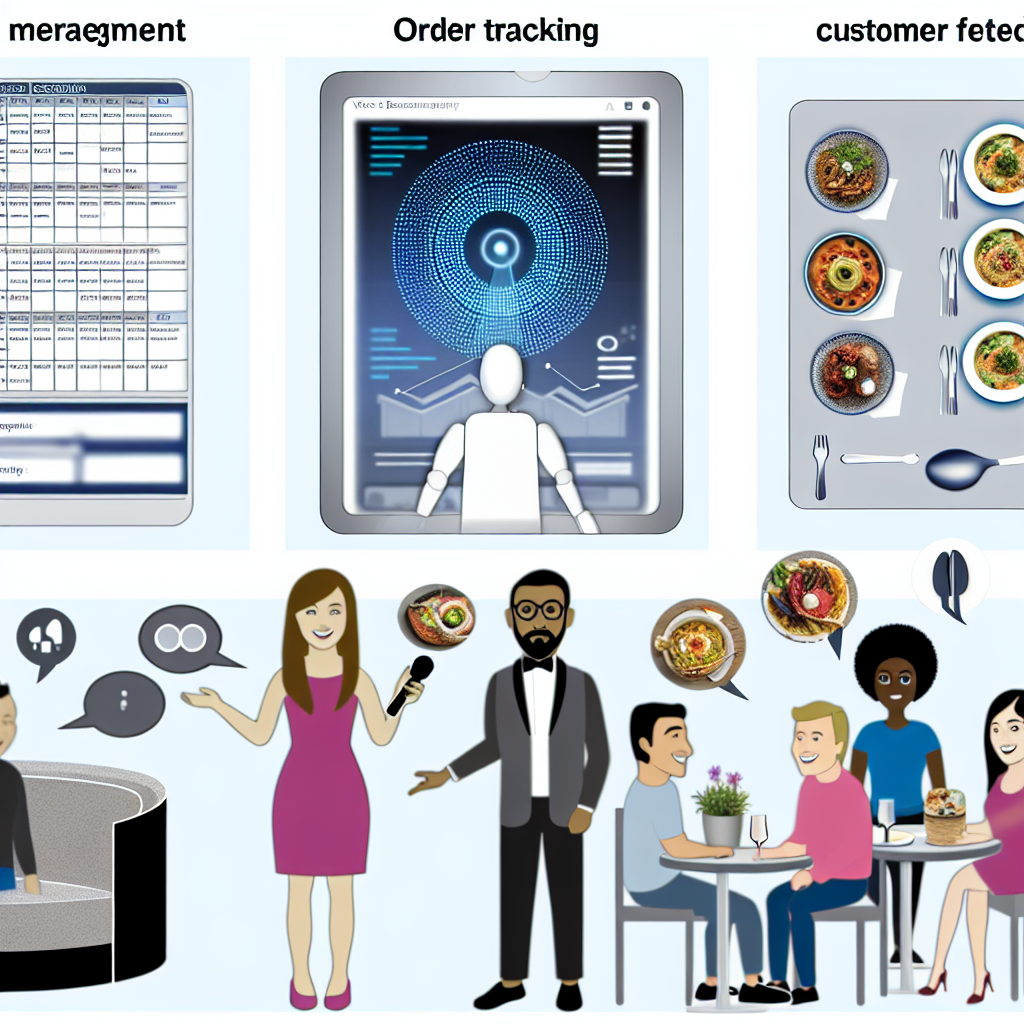Introduction
The rapid advancement of artificial intelligence has led to innovative applications across various sectors, and the food and beverage industry is no exception. One of the most promising developments is the integration of Voice AI technology. This article explores the best usage cases for Voice AI within the food and beverage sector, focusing on reservation management, order tracking, and customer feedback.
Reservation management
One of the most effective implementations of Voice AI technology is in reservation management. Restaurants often experience high call volumes, especially during peak hours, which can lead to frustrated customers and lost business opportunities. By utilizing Voice AI, establishments can automate the reservation process, allowing customers to book tables via voice commands. This not only expedites the reservation process but also reduces the workload on staff. Moreover, Voice AI can seamlessly integrate with existing reservation systems, providing real-time updates and availability information to customers, thus enhancing their overall experience.
Order tracking
Another significant application of Voice AI is in order tracking. As consumers increasingly demand transparency regarding their food orders, Voice AI can provide real-time updates on order status. By enabling customers to inquire about their order through voice commands, businesses can improve customer satisfaction. This technology also allows for proactive communication, where the Voice AI can notify customers of delays or changes in their order status. Consequently, this fosters a sense of trust and reliability, essential traits in the competitive food and beverage landscape.
Customer feedback
Lastly, Voice AI plays a crucial role in gathering customer feedback. Timely feedback is vital for business growth and improvement, and Voice AI can simplify the feedback process. By prompting customers to share their experiences via voice interactions, businesses can collect valuable insights without imposing on customers’ time. Furthermore, analyzing this spoken feedback using AI-driven analytics can reveal patterns and areas for improvement that might not be evident through traditional survey methods.
Conclusion
In summary, the integration of Voice AI in the food and beverage industry presents transformative opportunities. From streamlining reservation management to providing order tracking and gathering customer feedback, Voice AI enhances operational efficiency and improves customer experiences. As technology continues to evolve, the potential for Voice AI to redefine interactions in the food and beverage sector is limitless, and businesses that embrace these innovations are likely to thrive.

